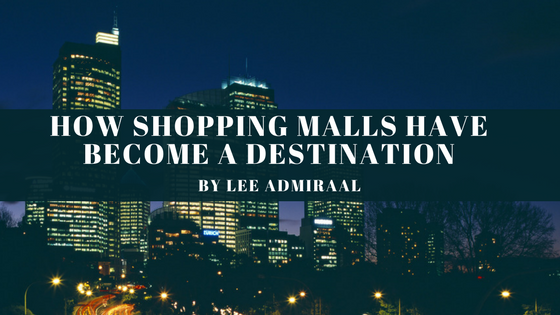I’ve talked briefly in another blog about how shopping centers such as Canada’s West Edmonton Mall draw crowds by incorporating interesting and outrageously unique novelties as design factors, like West Edmonton’s built in, fully enclosed World Water Park, which coincidentally houses the world’s largest wave indoor pool.
However such design elements exceed categorization as a simple architectural flourish; they aid in building and spreading a subliminal, psychological resonance currently transforming how the modern consumer views and responds to the shopping mall experience. No longer is the mall simply a place to passively purchase products; now, malls like Madrid’s Xanadu add spice to shopping, evolving the mall trip from a traditional store-to-store crawl into its own self-contained extravaganza.
As the force of online commerce continues to shake the once stable surface of face-to-face commerce, malls, like many on-site retail locations, have undergone a facelift, with a focus on facilitating a value-driven experience worthy of the time it costs to travel in person. Numerous malls are swapping outdated storefronts for leisure, entertainment, or specialty-product driven offerings, such as movie theaters, art centers, gyms, spas, and farmers markets.
Some malls, such as the aforementioned Xanadu, have built a space where parents and children can come to spend not only money, but quality time together. Equipped with an indoor ski slope, go karts, bowling lanes, balloon rides, and more, Xanadu attracts its patrons by building an irreplicable atmosphere focused on forging a human connection.
Including premium dining services, rather than fast food kiosks in a food court is also a strategy frequently adopted by modern shopping centers. Philadelphia’s King of Prussia Mall contains the nationally acclaimed Morton’s Steakhouse and Capital Grille. The Crystal Cove shopping center in Newport Beach, California, is so devoted to fine dining that visitors on site are treated to the choice of over a dozen high-end restaurants, including Mastro’s Ocean Club, and Javier’s Restaurant. The allure of unbeatable cuisine pulls potential customers, who, under the influence of a satisfying meal, will be more likely to decide to shop and buy.
By shifting the perception of the mall as a place exclusively for shopping to a destination where real, valuable experience is found, shopping centers are successfully carving out a personable, humanity-driven niche in a retail environment defined more and more by the convenience of modern technology.

